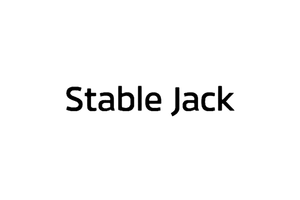Avalanche Arts & Culture News
News
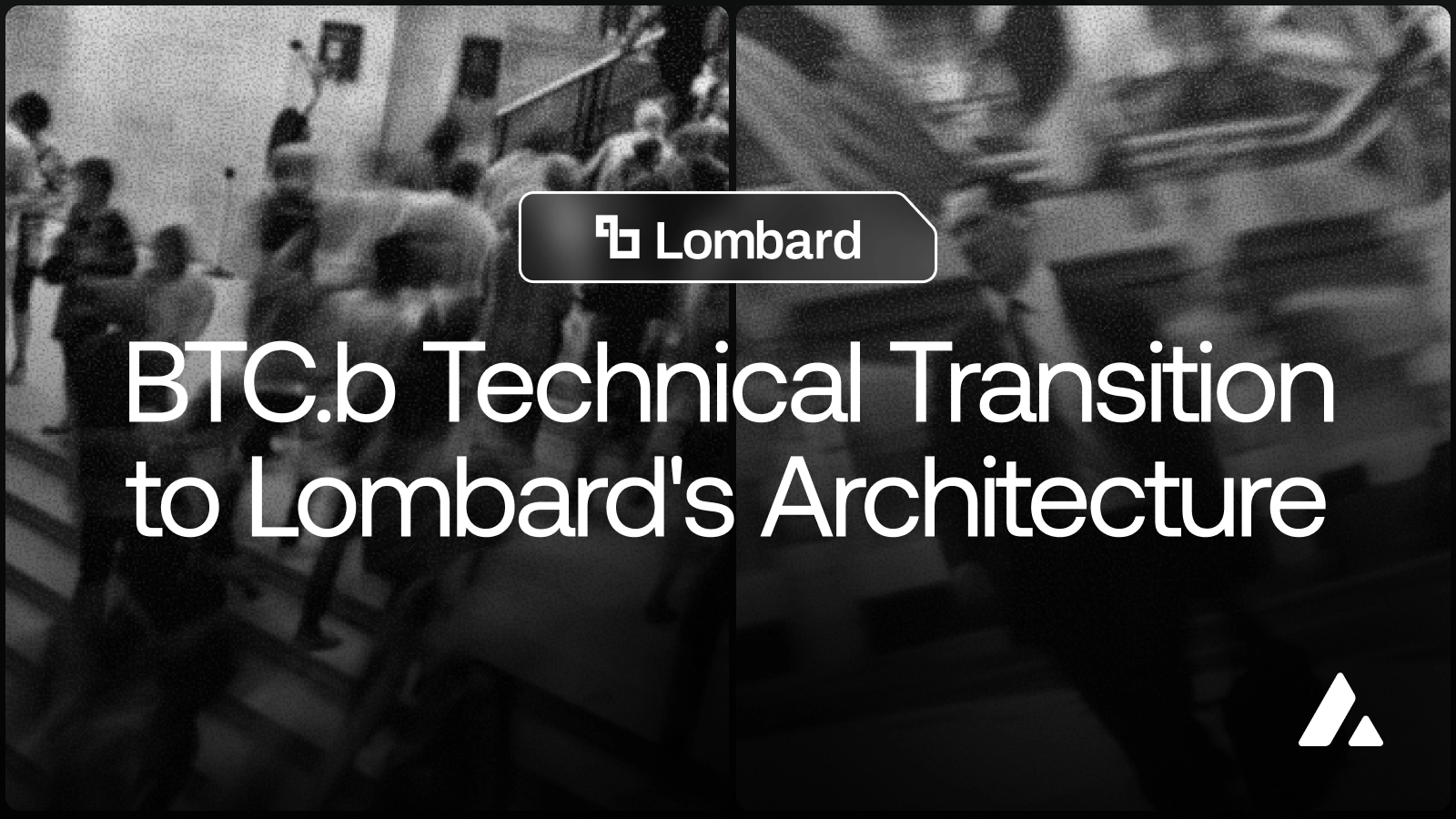
Oct 30, 2025 / By Avalanche / 8 Minute Read
BTC.b Technical Transition to Lombard's Architecture
BTC.b will first transition to the same trusted architecture as LBTC, before Lombard coordinates its distribution and integration across select chains and leading DeFi protocols.
Sep 26, 2025 / By Avalanche / 5 Minute Read
Stable Assets, Yield Markets, and Payments: DeFi’s Next Stage on Avalanche
Ethena, Pendle, and PayPal USD (PYUSD0) strengthen Avalanche’s role as the foundation for decentralized finance.
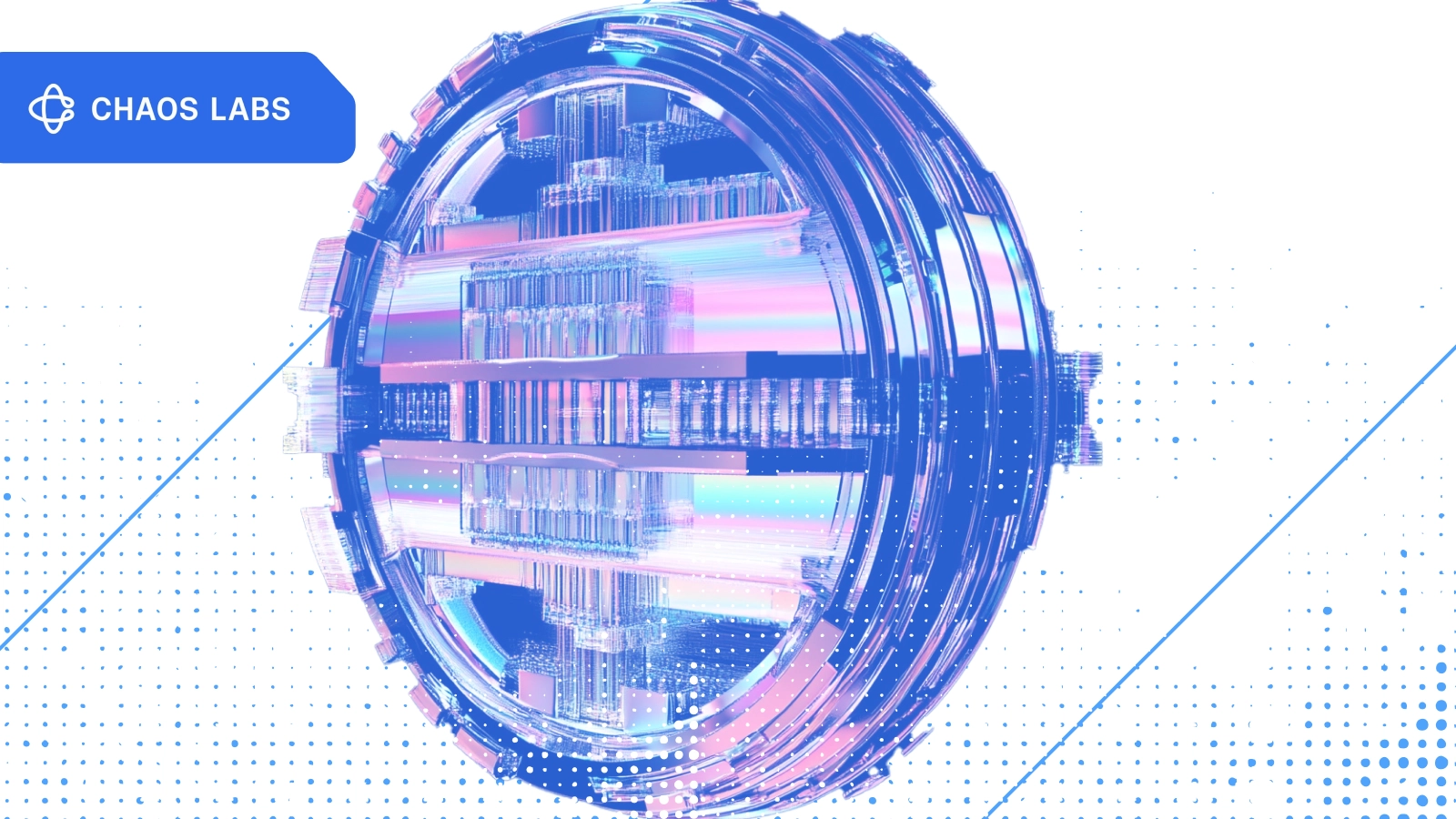
Jun 18, 2025 / By Avalanche / 2 Minute Read
Avalanche Integrates Chaos Labs’ Proof of Reserves
Chaos Labs’ PoR brings transparent, onchain verification for the assets powering Avalanche’s DeFi stack
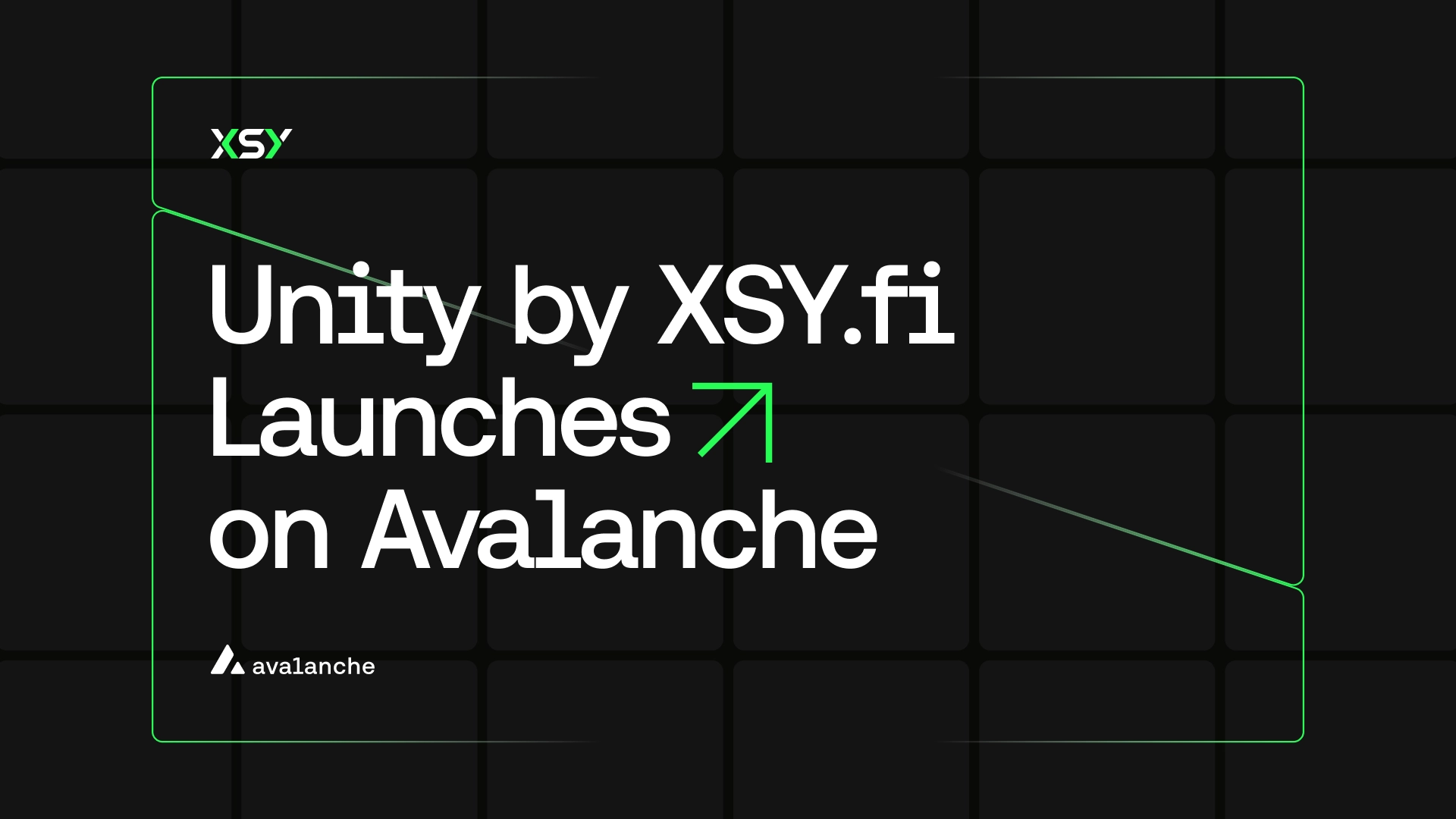
May 15, 2025 / By Avalanche / 3 Minute Read
Unity by XSY Launches on Avalanche to Unlock Native Yield, Capital Efficiency, and Composable Liquidity
A new chapter in capital efficiency is underway with Unity on Avalanche

Apr 30, 2025 / By Avalanche / 6 Minute Read
DeFi Grows Up: RWAs, Scalable Liquidity, and Institutional Access on Avalanche
From experimentation to infrastructure, Avalanche is powering DeFi’s next chapter.
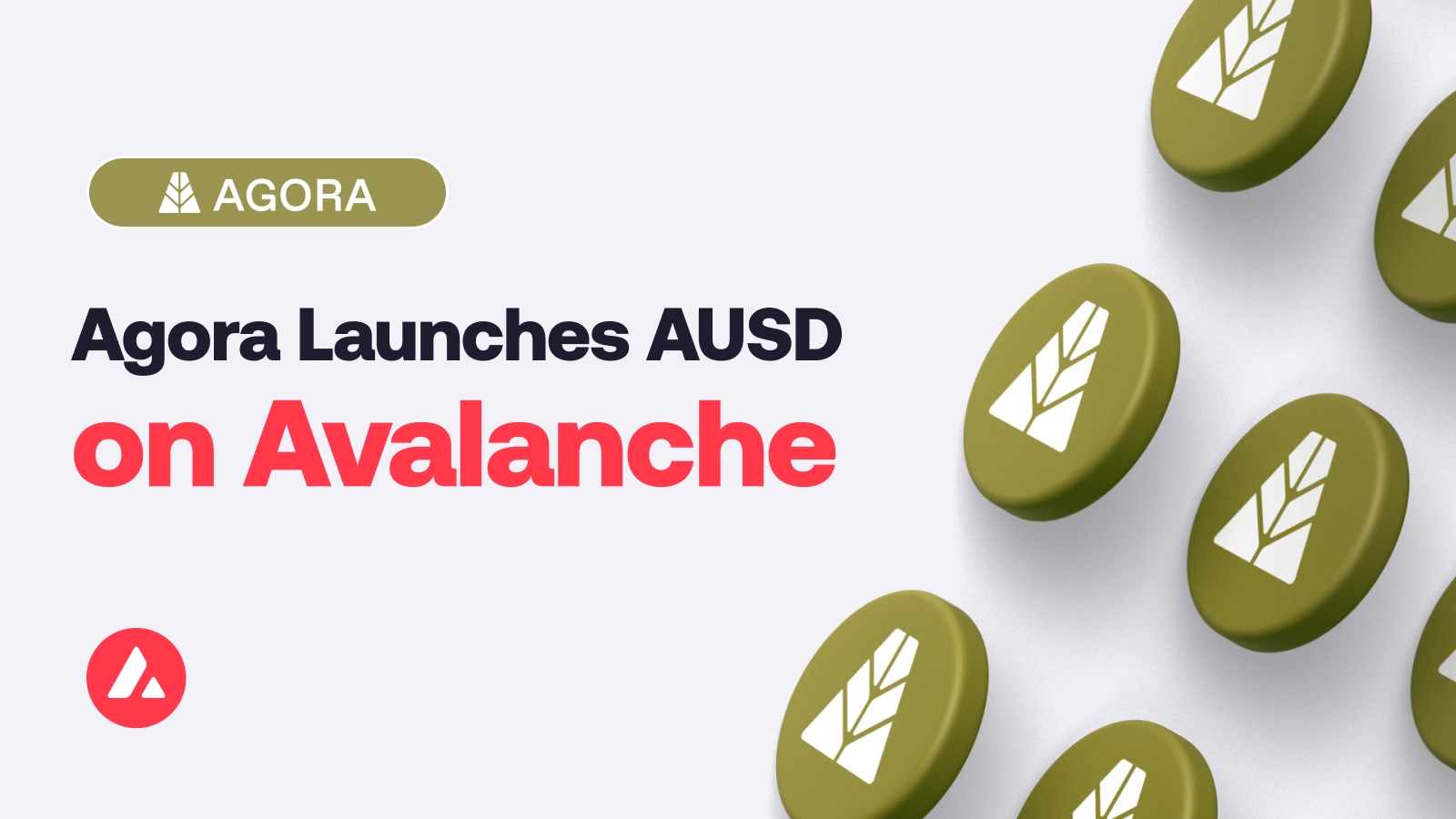
Aug 20, 2024 / By Avalanche / 4 Minute Read
Agora Launches Its Digital Dollar on the Avalanche Blockchain Network With Initial Cohort of Partners
With AUSD, Agora introduces a more open and accessible revenue model for builders and businesses and further grows the tokenized asset ecosystem on Avalanche.
Companies that trust Avalanche
Companies across the globe are bringing their Web3 operations to the Avalanche blockchain.
Avalanche Solutions
Avalanche empowers founders, businesses and institutions across industries, both Web2 and crypto-native, to build anything they want, any way they want. Take control with the best custom scaling solutions and supportive developer community on Avalanche.

I
Institutions and Capital Markets
Avalanche's customizable, high-performance network helps bring traditional finance onchain.

G
Gaming
High-performance, immersive Web3 gaming powered by Avalanche's speed and scale.

E
Enterprise and Consumer Apps
Scalable solutions with real-world utility, from logistics to loyalty programs.

D
Decentralized Finance (DeFi)
Fast, low-cost DeFi programs powering the future of financial systems.

N
NFTs, Arts, and Culture
The Avalanche network enables community building and connection for creatives.

I
Infrastructure and Tooling
Developers can leverage a seamless network infrastructure and powerful tools designed to make building easy.
Contact us
Interested in building your project on Avalanche? Get in touch!
Join The Best Community in web3
The Avalanche culture goes beyond the chain. Get connected with the founders, investors, artists, gamers, and creators who call Avalanche home.
Questions about Avalanche?
Head to the Avalanche Discord for tech support and community connections.
Avalanche Team1
Team1 is a global network of builders, developers, creatives, gamers and community members who grow Avalanche.
The Community Hub
The Community Hub is where Avalanche builders, businesses, and users can share resources and connect with each other.













